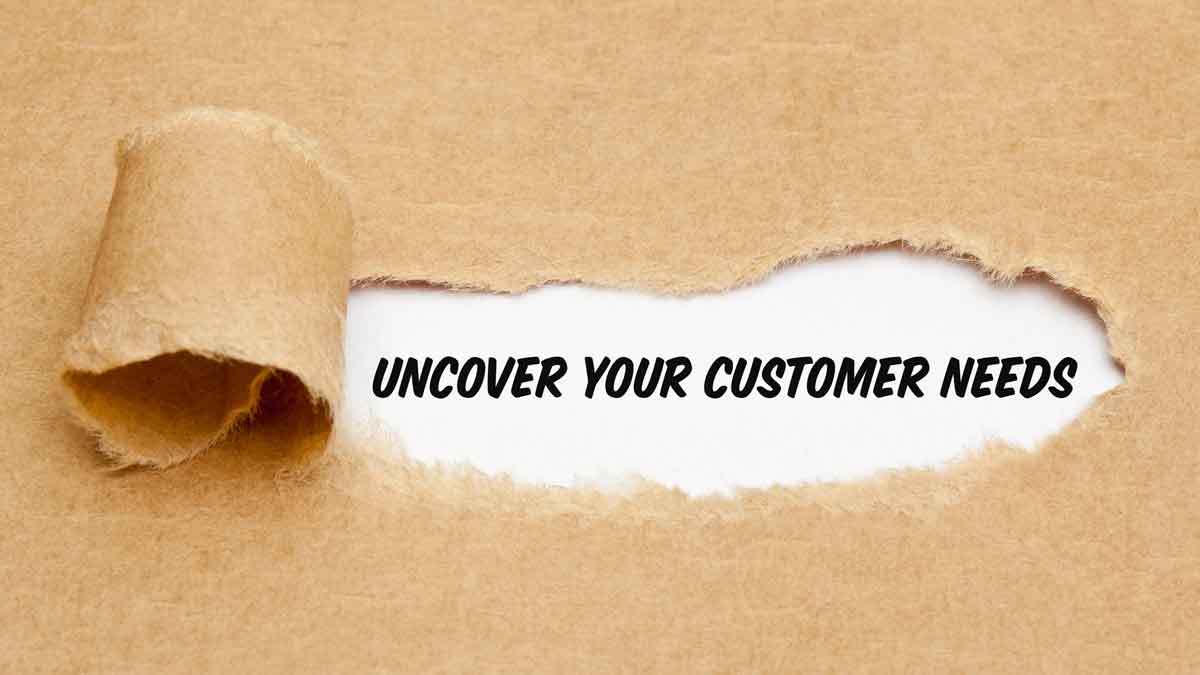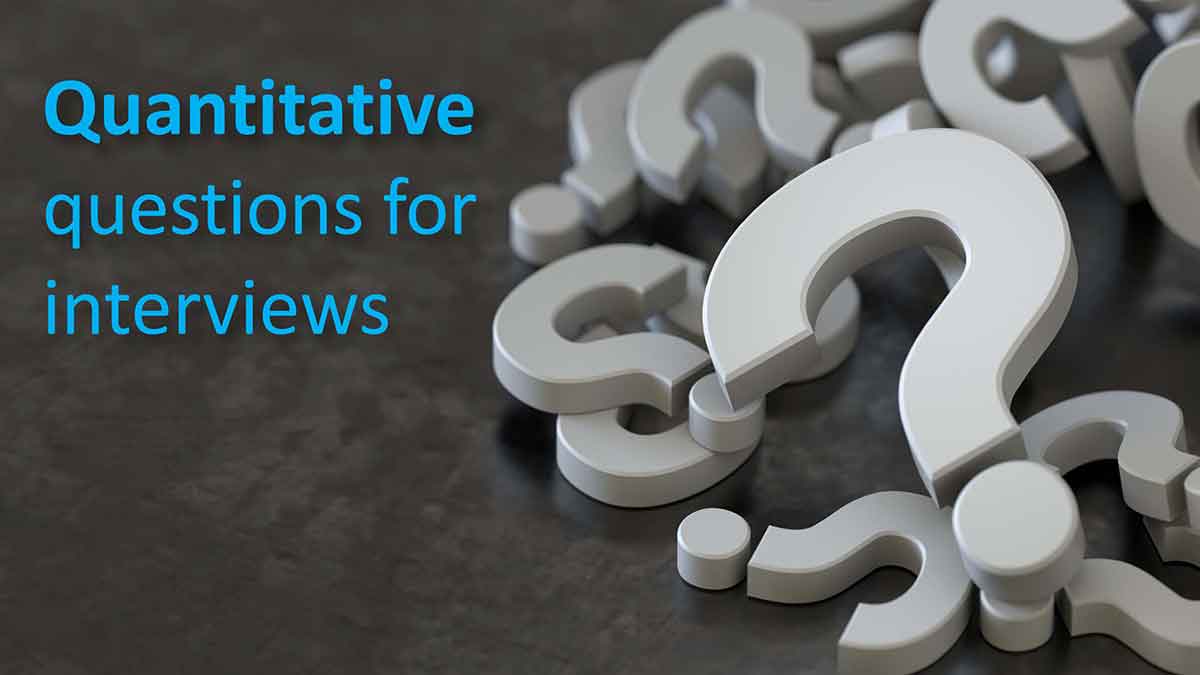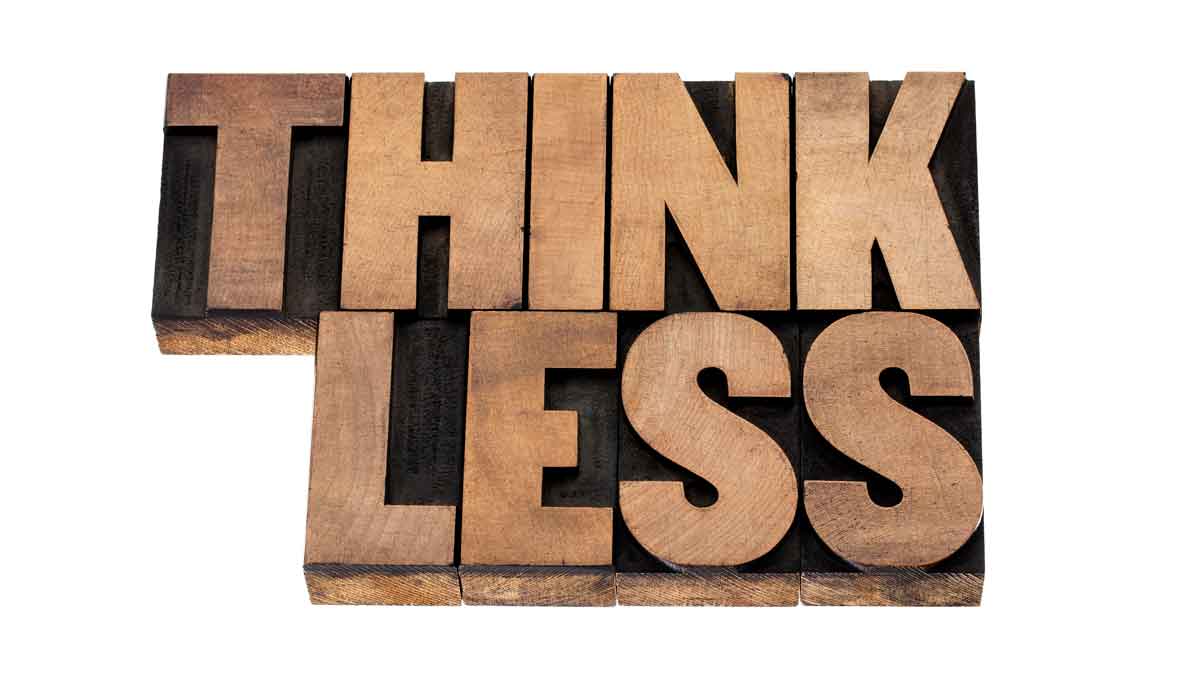B2B interviewing should be very different than B2C. These methods help you eliminate most errors of omission (using divergent interviews) and errors of commission (convergent interviews).
b2bgrowth.video/24 Video length [2:30]
Blog Category: Customer Insights (VOC)
Eliminate most commercial risk
For 5 decades, commercial risk—not technical risk—has been the leading cause of new-product failures. Follow this 11-step path to eliminate most commercial risk in the front end of innovation.
b2bgrowth.video/23 Video length [2:34]
Immerse your team in customer outcomes
During interviews, customers give you Outcomes, Solutions, or Background. The science of B2B customer insight lets you examine outcomes at 9 increasingly-detailed “magnifications.”
b2bgrowth.video/22 Video length [2:41]
Give your hypotheses the silent treatment
It’s OK to have a cool hypothesis, concept, or technology, but test it “silently”: Focus on customer outcomes in interviews, and later check if your hypothesis addresses them.
b2bgrowth.video/21 Video length [2:26]
Begin with customers’ job-to-be-done
Instead of starting with their solution, B2B companies should begin with the customers’ “job-to-be-done”… and learn which outcomes are leading to “imperfection” in that job.
b2bgrowth.video/20 Video length [2:25]
Stop leading with your solutions
There are two innovation problems: “What’s the question?” and “What’s the right answer?” Most companies waste R&D resources because their solutions don’t address real customer needs.
b2bgrowth.video/19 Video length [2:22]
Avoid the faster horse fallacy
Henry Ford’s famous quote discourages asking customers what they want. (“They’d say a faster horse.”) But this overlooks two key factors: 1) B2B vs. B2C, and 2) Outcomes vs. Solutions.
b2bgrowth.video/18 Video length [2:33]
Put your B2B advantages to work
The B2B Index is a free website tool that lets you calculate “how B2B” your markets are. You can download a booklet loaded with advice for “early-stage” and “late-stage” marketing.
b2bgrowth.video/15 Video length [2:27]
Build your growth capabilities
Leaders need to balance their pursuit of “results” and “capabilities.” Today, most are way out of balance. They pursue near-term results, and then hit the “reset” button to do it all again next year.
b2bgrowth.video/13 Video length [2:17]
Know what really drives growth
AIM research based on 10,000+ years of experience shows B2B professionals are especially eager to improve their business capabilities to understand customer needs (vs. meet them).
b2bgrowth.video/12 Video length [2:16]
How long have we failed to understand customer needs in new product innovation?
The best research says we’ve struggled for about five decades now. In 1971, the leading cause of new-product failure was “inadequate market analysis” (45%, with the next cause at 29%). In 2019, the leading cause was “No market need” (42%, with the next cause at 29%). After five decades, maybe it’s time to get serious about understanding customer needs before developing new products? Not that we need to rush into this, of course.
More in article, Target Customer Needs and Win
You need better targeting, not a bigger payload.
Would you want a bigger payload or a better targeting system for missiles, cancer treatment or gold mining? A bigger payload would be a larger warhead, radiation dosage, or backhoe shovel. Better targeting would be more precise hits on enemy positions, cancer tumors, or ore deposits. Better targeting reduces waste and collateral damage. Same for your R&D: Precisely target customer needs before stepping into the lab. This avoids waste (squandered R&D) and collateral damage (discouragement and slow growth).
More in article, Target Customer Needs and Win
Quantitative questions for interviews… 8 Steps to prioritize customer needs
Why use quantitative questions for interviews, not just qualitative? Two reasons. First, qualitative interviews give you reams of customer quotes with no good way to prioritize customer needs. Sure, you could count the number of times customers cite a certain need, but frequency of remarks is a poor substitute for customer eagerness to improve. More ... Read More
When developing a new product… think less about it.
Huh? Well, it’s fine to think about your new product, but do so after you first understand your customers’ job-to-be-done. Only after you identify this JTBD can you properly 1) scope your project, 2) identify the right customer interviewees, 3) frame the best outcome statements for quantitative interviews, 4) optimize design & pricing, and 5) promote your product effectively. Bonus: You’ll have a longer time horizon when you focus on the JTBD instead of your new product.
More in article, Jobs-to-Be-Done and New Product Blueprinting



